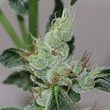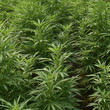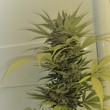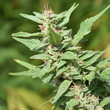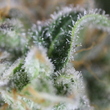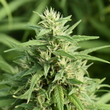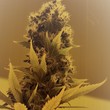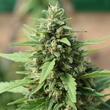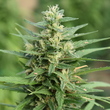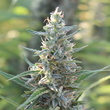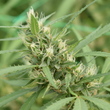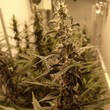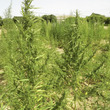Introducción
In the last years, clinical and preclinical researchers have increased their interest in non-psychotomimetic cannabinoids, like cannabidiol (CBD), as a strategy for treating psychostimulant use disorders. However, there are discrepancies in the pharmacological effects and brain targets of CBD. We evaluated if CBD was able to prevent the locomotor sensitization elicited by cocaine and caffeine co-administration
Materiales y métodos
CBD was purified from the Cannabis variety PILAR (CPVO/ 20160115) following a patented method described in the Phytoplant Patent: “Methods of purifying cannabinoids, compositions and kits thereof” with code 9765000 B2. The CBD has a purity > 95%. CANNA products were used for the cultivation process.
Resultados
The effect of CBD on putative alterations in the metabolic activity of the medial prefrontal cortex (mPFC) and nucleus accumbens (NAc), and its respective subregions (cingulated, prelimbic, and infralimbic cortices, and NAc core and shell) associated to the behavioral response, was also investigated. Rats were intraperitoneally and repeatedly treated with CBD (20 mg/kg) or its vehicle, followed by the combination of cocaine and caffeine (Coc+Caf; 5 mg/kg and 2.5 mg/kg, respectively) or saline for 3 days. After 5 days of withdrawal, all animals were challenged with Coc+Caf (day 9). Locomotor activity was automatically recorded and analyzed by a video-tracking software. The metabolic activity was determined by measuring cytochrome oxidase-I (CO-I) staining. Locomotion was significantly and similarly increased both in Veh-Coc+Caf- and CBD-Coc+Caf-treated animals during the pretreatment period (3 days); however, on day 9, the expression of the sensitization was blunted in CBD-treated animals. A hypoactive metabolic response and a hyperactive metabolic response in mPFC and NAc subregions respectively were observed after the behavioral sensitization. CBD prevented almost all these changes.
Conclusión
The findings substantially contribute to the understanding of the functional changes associated with cocaine- and caffeine-induced sensitization and the effect of CBD on this process.
Otras publicaciones
Ver más
Ver más
Ver más
Ver más
Ver más
Ver más
Ver más
Ver más
Ver más
Ver más
Ver más
Ver más
Ver más
Ver más
Ver más
Ver más
Ver más
Ver más
Ver más
Ver más
Ver más
Ver más
Ver más
Solicita información
¿Te podemos ser de ayuda? ¿Tienes alguna duda sobre nosotros? Escríbenos y contactaremos contigo cuanto antes.
